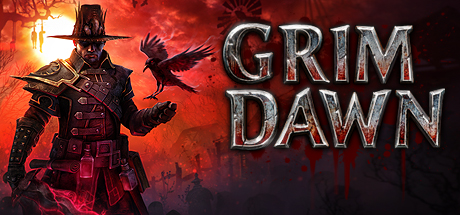Install Steam
login
|
language
简体中文 (Simplified Chinese)
繁體中文 (Traditional Chinese)
日本語 (Japanese)
한국어 (Korean)
ไทย (Thai)
Български (Bulgarian)
Čeština (Czech)
Dansk (Danish)
Deutsch (German)
Español - España (Spanish - Spain)
Español - Latinoamérica (Spanish - Latin America)
Ελληνικά (Greek)
Français (French)
Italiano (Italian)
Bahasa Indonesia (Indonesian)
Magyar (Hungarian)
Nederlands (Dutch)
Norsk (Norwegian)
Polski (Polish)
Português (Portuguese - Portugal)
Português - Brasil (Portuguese - Brazil)
Română (Romanian)
Русский (Russian)
Suomi (Finnish)
Svenska (Swedish)
Türkçe (Turkish)
Tiếng Việt (Vietnamese)
Українська (Ukrainian)
Report a translation problem





My Curator
1 : A bug-filled mess with no content updated infrequently with no sign of change.
2: A game with the beginnings of ideas, yet too soon to invest your time. Check for updates to see if things improve. (Also, without all the basic features, such as promised multiplayer modes.)
3: A game that is in a playable state, yet may not have all its technical issues resolved. Features are all available while they may not be finalized. Games are cautious recommendations to buy, so you should check the updates.
4: A game that is in a playable state, technically competent, and has enough content to be worthy of purchase. Features are accounted and the updates are frequent enough to not discourage cautious buyers. Updates should be with respect to the size of the development team.
5: A game that could be considered finished. It is in the final stages of development with balancing and other last minute changes to be resolved to be fit for release.
[h1]Simple Rating: 5/5, which coincides with the developer's statement that 99.9% of the game is complete.[/h1]
I'm willing to give this game a full raiting because the developers have earned my admiration for why EA can be a great idea if done by the right people.
[h1]Detailed Rating: 19/20 or 95%[/h1]
Content: 5/5
The only things left for the game are some polish that will make a full-release build within the first week of Feb.
Quality: 5/5
It's a finished product
Optimization: 5/5
Besides my PC being too weak to run at the max settings, I have had zero problems.
Productivity: 4/5
Despite the limited development team of ten and of over two years working to make Grim Dawn a great game, Crate Entertainment has been able to add meaningful content or add useful monthly updates to make the wait acceptable.
They are the best example of EA I have been a part of.